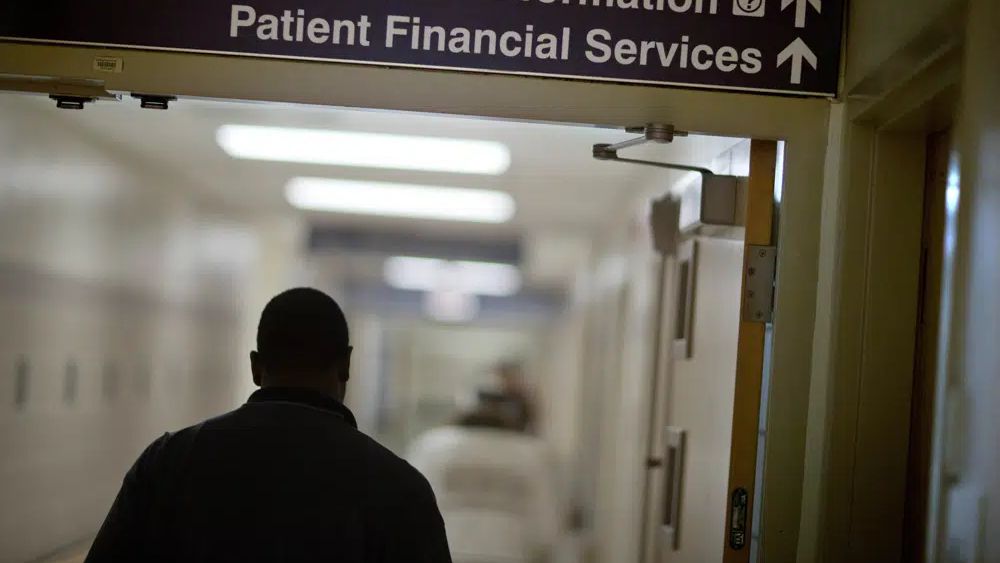New York’s health care sector, from unions to industry leaders, is making a concerted effort this month to increase Medicaid spending in the yet-to-be-completed state budget.
They argue that the COVID-19 pandemic has set back healthcare workers in New York and scrambled the finances of hospitals across the state. But budget watchdogs are skeptical, warning state officials they should weigh spending carefully in a program that remains one of the country’s costliest and the priciest budget line item each year.
Lawmakers also worry about individual Medicaid recipients as federal pandemic assistance dries up, allowing more people to join the program for low-income residents.
At issue is Gov. Kathy Hochul’s plan to increase the program’s reimbursement rate. Ken Raske of the Greater New York Hospital Association says the increase — a 5% hike — isn’t enough to cover soaring hospital costs.
Without an increase similar to what lawmakers are proposing, the consequences could be disastrous, warns Raske.
“We are going to have hospital after hospital closing next year,” he said. “That’s what will happen.”
Hospitals, from those in rural and urban communities, have warned for months that the state must step in and provide more assistance to prevent any erosion of patient care.
“We have lost staff who were on the front line protecting public health three years ago,” Raske said. “But now, because of turnover and burnout, we’re struggling to find new people to replace them.”
Staffing shortages have also alarmed healthcare workers like Diana Newball, a pharmacy technician at NYU Langone Medical Center.
“Hospitals, they’re on life support, the vast majority of them,” she said. “After the pandemic, we lost so many workers, so many employees. Some resigned and left, others unfortunately did not survive. So we have to get back on track.”
New York’s Medicaid program is the second largest after California. Bill Hammond, a health care policy expert at the Empire Center, testified before lawmakers earlier this year and warned against extra spending to help the recovery of the workforce in the hospital system, as hiring has varied across the state.
“Legislators should be especially careful about using Medicaid to address real or perceived labor shortages in parts of the health care sector — especially in areas where Medicaid is not the primary payer,” he wrote in budget testimony this year. “While some suppliers are struggling to recover from pandemic-related labor losses, others have fully rebounded.”
Still, lawmakers have expressed concerns that more people may lose their Medicaid coverage in the coming months as federal support for an expansion ends.
“Because of the changes happening elsewhere, this could have a major impact,” Senator John Mannion said. “It’s essential to do it now, we know that if things are going to try to happen outside the budget, because there is a tax peg, it is better to do it now.”
But Patrick Orecki, of the watchdog group Citizens Budget Commission, said New York needs to watch Medicaid spending closely because many recipients will likely qualify for other plans.
“We know delivery has changed during the pandemic and in previous years, so having a long-term release is very important,” he said.
Medicaid is also not a big monolith, but a series of programs intended to meet a variety of health care needs, from funding safety net programs to long-term patient support.
“Long-term care is growing at a different pace than other services,” Orecki said. “The state really needs to look at where the growth is, where the long-term costs are, to make sure it’s on budget.”

